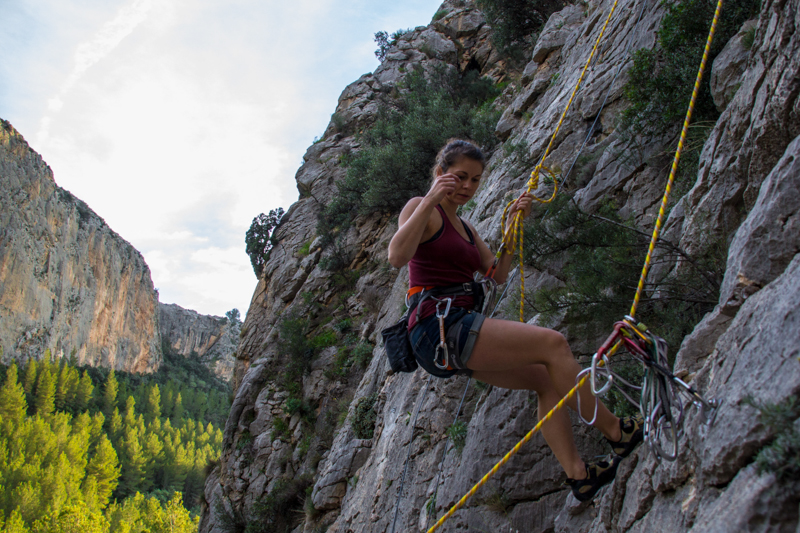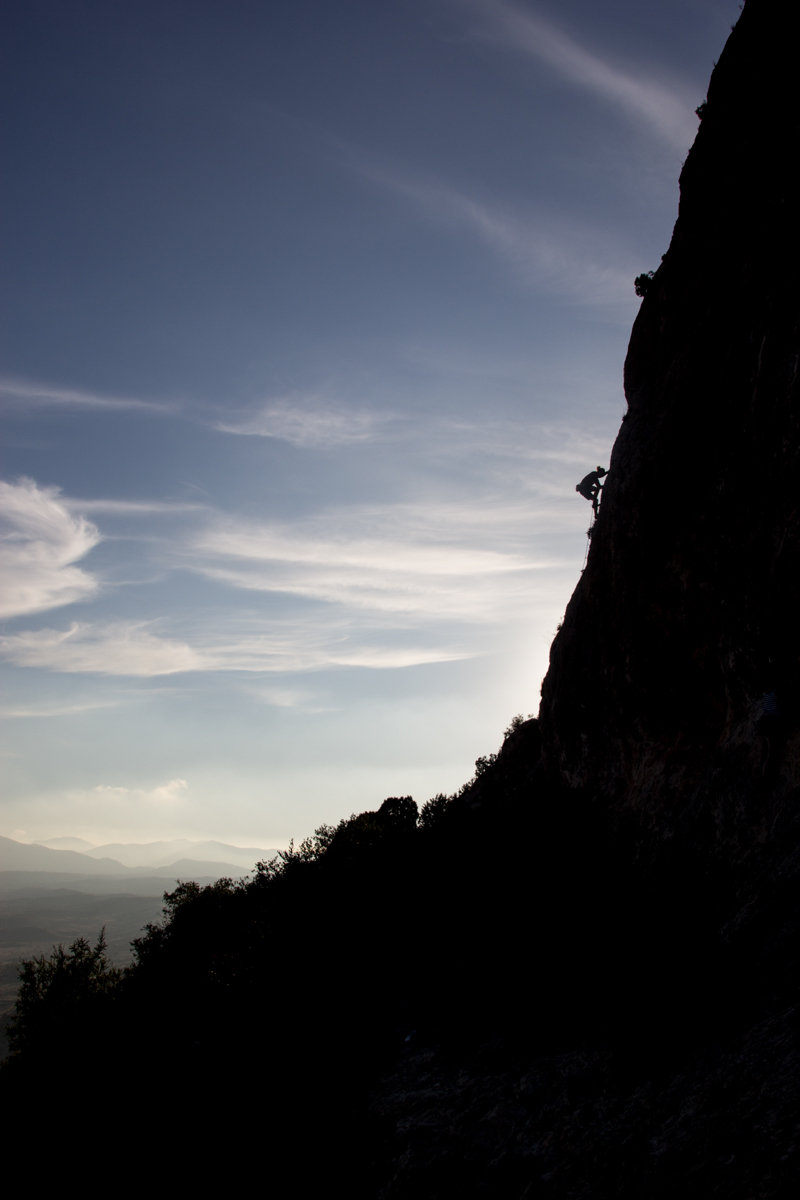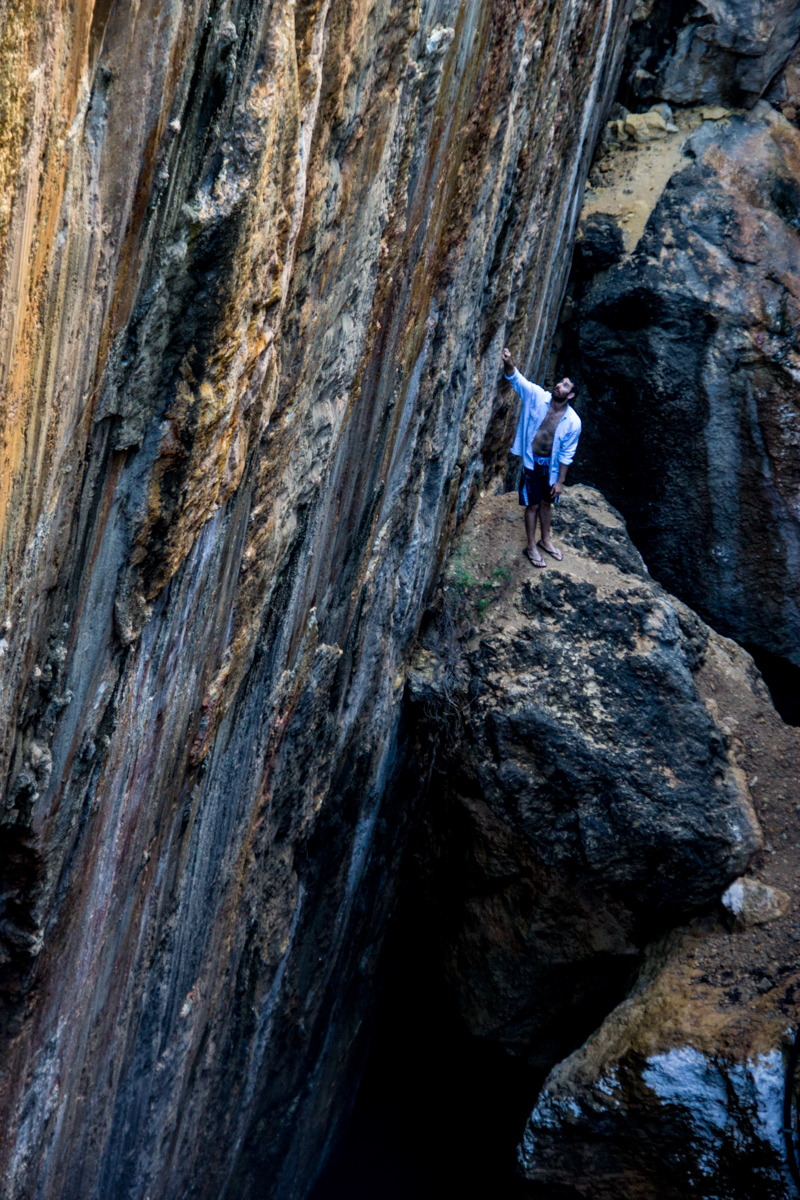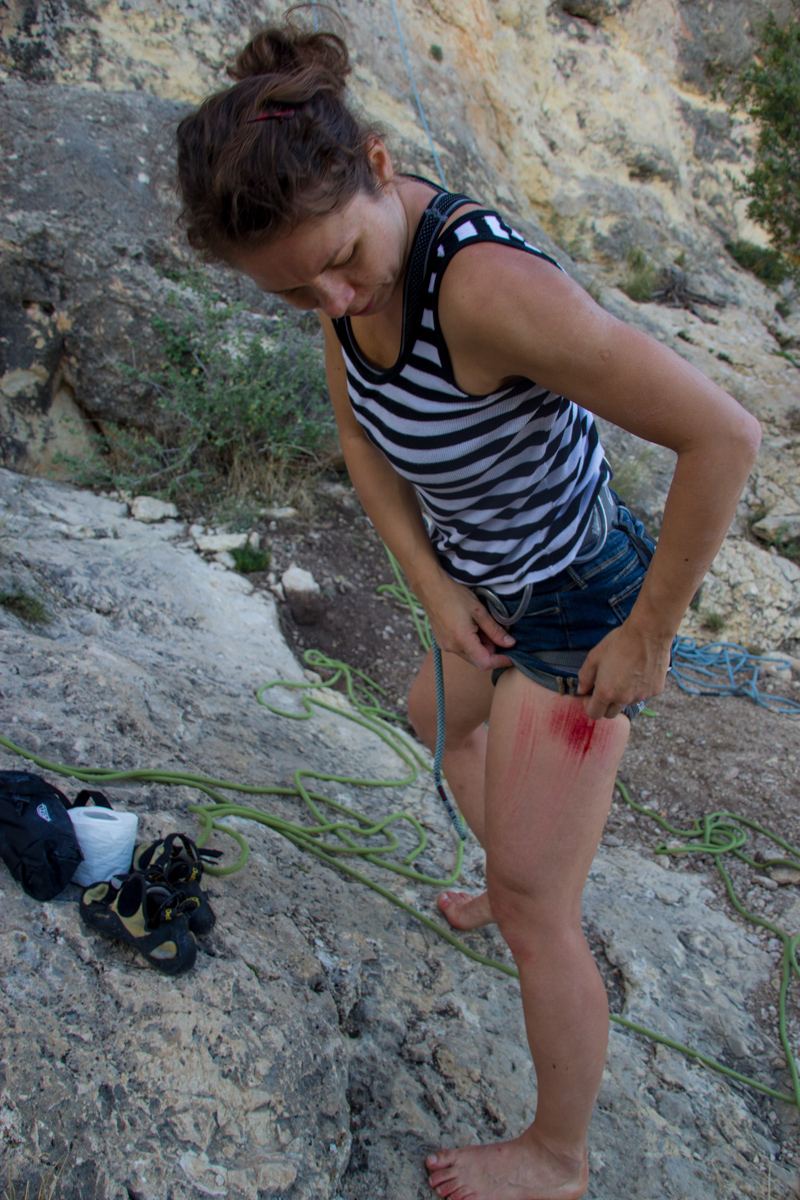It’s not hard to understand how humans developed a fear of heights. From an evolutionary point of view, it makes sense. The less time you spend hanging around on cliff edges, the more likely your genes are to survive. Of course the thrill in climbing lies, at least partially, in overcoming this fear; in temporarily ignoring the screaming objections from your genes and your ingrained sense of self-preservation in order to achieve a greater goal.
Sometimes, however rock climbing serves you with a reminder that your natural fears are, well, natural. That scary stuff is scary for a reason. Last November in Spain was one such occasion.
“Sometimes rock climbing reminds you that your natural fears are natural. That scary stuff is scary for a reason. This was one such occasion…”
We found a second slice of summer in and around Alicante last autumn, catching warm rays up and down the coast for a pretty perfect week of climbing. But it came with a side order of shredded nerves.









